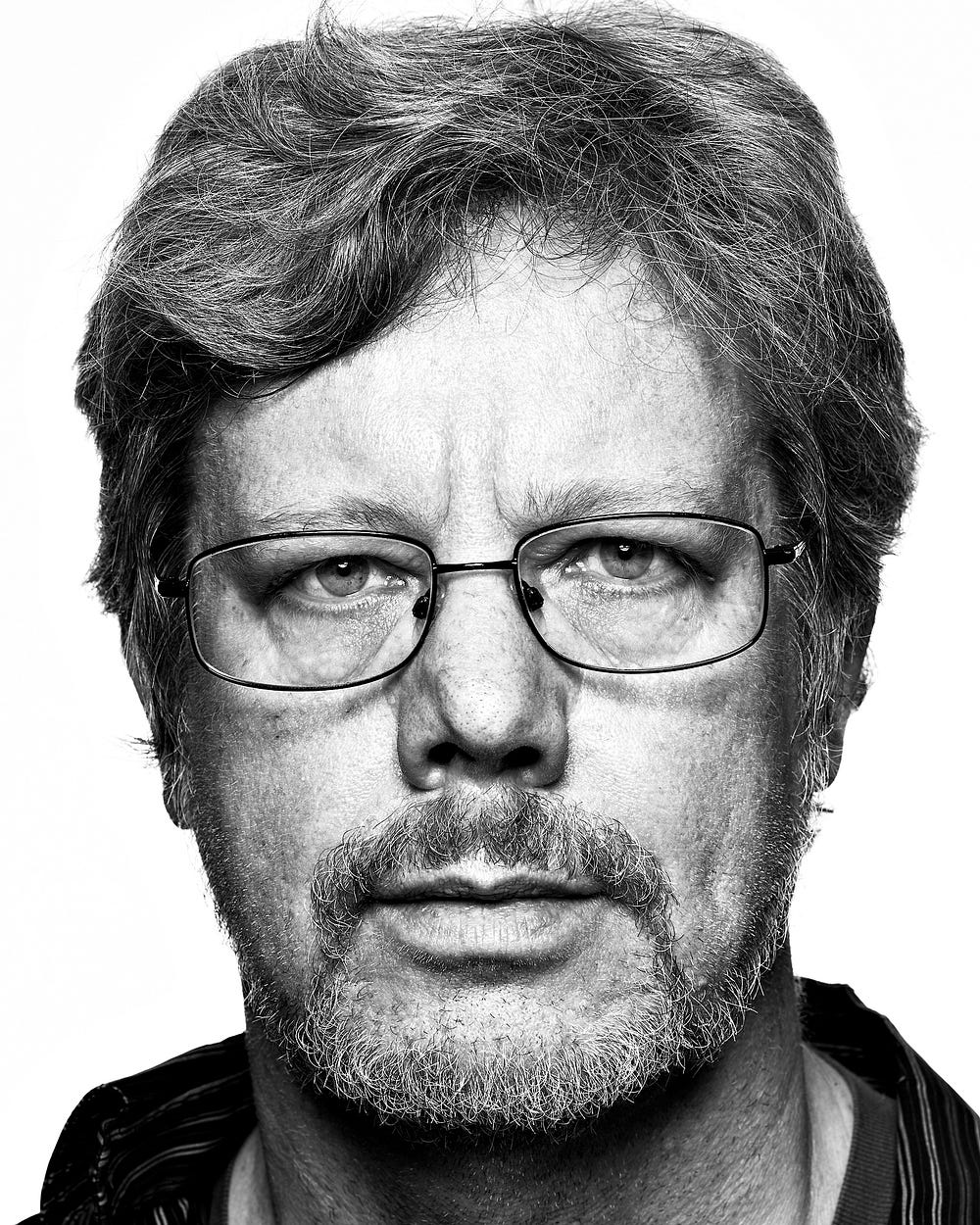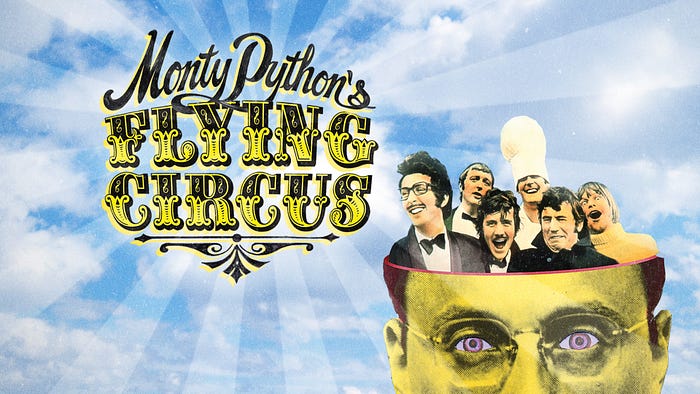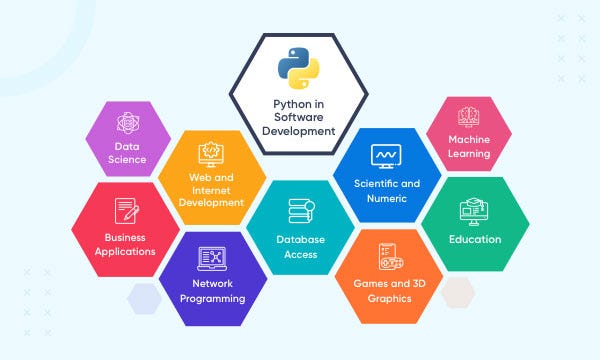Guido van Rossum: The creator of the python programming language
 |
At the heart of this versatile and widely adopted language is Guido van Rossum, a visionary computer scientist whose creation has revolutionized the way we think about software development.
Born in the Netherlands and with a career spanning several decades, van Rossum has not just developed a programming language; he has fostered a global community that thrives on collaboration, innovation, and a shared ethos of simplicity and elegance.
In this article, I´ll dive into the life of Guido van Rossum, exploring the origins of his passion for programming, the journey of Python’s development, and the enduring legacy he has created in the digital world.
Van Rossum’s story is not just about writing code; it’s about writing the future of technology, one line of Python at a time.
Early Life and Background
Guido van Rossum’s journey into the world of programming began in the Netherlands, where he was born and raised. Born in 1956, van Rossum grew up in a country that was rapidly embracing technological innovation.
His interest in computers and programming sparked at an early age, influenced by the burgeoning field of computer science and the advent of personal computing.
Van Rossum’s educational path was marked by a deep interest in mathematics and computer science. He attended the University of Amsterdam, where he earned a degree in mathematics and computer science.
This period was crucial in shaping his future career. At university, van Rossum was exposed to various programming languages, but he often found them lacking in terms of ease of use and readability.
This experience planted the seeds for his later work on Python, as he began to envision a language that could overcome these limitations.
Career Overview
After completing his education at the University of Amsterdam, van Rossum began his career in earnest, working at various research institutes where his work on Python would eventually begin during the Christmas holidays of 1989 as a hobby project to keep him occupied.
- Centrum Wiskunde & Informatica (CWI)
One of the most significant early stages of his career was at the Centrum Wiskunde & Informatica (CWI) in Amsterdam. It was here, in the late 1980s, that van Rossum began working on the project that would become Python.
Conceived as a successor to the ABC programming language, Python was designed to address some of the shortcomings van Rossum saw in other languages, notably their lack of emphasis on code readability and simplicity.
- Corporation for National Research Initiatives (CNRI)
After his tenure at CWI, van Rossum’s career took him to various high-profile organizations. He joined the Corporation for National Research Initiatives (CNRI) in Reston, Virginia, where he continued his work on Python.
His move to the United States marked a new chapter in his career, bringing him into contact with a broader community of software developers and expanding the reach of Python.
Van Rossum’s influence and contributions to the tech world further expanded during his time at Google, starting in 2005, where he spent several years working on Python and other projects.
One of the notable projects during van Rossum’s time at Google was the Google App Engine, a cloud computing platform for developing and hosting web applications. Python was the first language supported by App Engine, which was a significant endorsement of the language.
Van Rossum’s presence at Google helped elevate the status of Python. The language became more prominent in Google’s engineering culture, used in various internal projects and infrastructure.
- Dropbox
Later, he joined Dropbox, contributing to the growth and scalability of their platform, which heavily relied on Python.
Throughout his career, Guido van Rossum spent nearly three decades leading the development of Python, from its inception in the late 1980s to his stepping down in 2018.
His commitment to developing Python was not just about writing code; it was about fostering a community and culture around the language, his role was so central to the Python community that he was affectionately known as the language’s “Benevolent Dictator For Life” (BDFL).
Creation and Development of Python
Python’s development started in December 1989. Van Rossum set out to create a language that combined the best elements of ABC, with the flexibility and power of languages like C.
He aimed to address common complaints about other programming languages, including syntax complexity and lack of readability. Python was designed to be both easy to understand and efficient to write, with clear, readable syntax.

The name “Python” was inspired by the British comedy series “Monty Python’s Flying Circus,” reflecting van Rossum’s desire for the language to be fun and approachable.
Evolution of Python
Python 0.9.0
The
first public release of Python, Python 0.9.0, came out in February
1991. It included features like classes with inheritance, exception
handling, functions, and the core data types of list, dict, str, and so
on.
Python 2.0
Over the years, Python has evolved through various versions, each improving and expanding upon the last.
Notable releases include Python 2.0 in 2000, which introduced list comprehensions and a garbage collection system.
Python 3.0
Python
3.0 in 2008, a major revision that was not fully backward-compatible
but cleaned up many of the language’s underlying inconsistencies.
Python 3
Python
3 represented a significant milestone, focusing on fixing fundamental
design flaws and improving the language’s usability and consistency.
Van Rossum’s Role and Philosophy
As the creator and “Benevolent Dictator For Life” (BDFL), van Rossum guided Python’s development with a philosophy emphasizing code readability, simplicity, and a community-driven approach.
His leadership style was collaborative, involving the community in decision-making processes through Python Enhancement Proposals (PEPs) and open discussions.
Van Rossum’s decision to step down as BDFL in 2018 marked the end of an era, but it also reflected his commitment to the language’s future, allowing it to evolve under new stewardship while maintaining its core principles.
Features of Python

Python is often compared favorably to languages like Java and C++ for its ease of learning and readability. Its clear syntax and indentation make it more accessible to beginners.
Unlike languages that are tailored for specific use cases (like JavaScript for web development), Python’s versatility allows it to be used in a variety of applications, from web development to data science.
While Python may not match the performance of compiled languages like C or Java in certain scenarios, its efficiency in writing and maintaining code often outweighs raw execution speed in many applications.
In addition, Python’s large and active community has contributed to an extensive library ecosystem, surpassing many other languages in terms of available frameworks and tools for different tasks.
Python applications

- Web Development
Python’s frameworks like Django and Flask have made it a popular choice for building web applications. These frameworks offer rapid development and a clean, pragmatic design.
- Software Development
Python’s readability and simplicity also make it suitable for general-purpose software development. Its extensive standard library and support for various programming paradigms add to its versatility.
- Education and Research
Python’s straightforward syntax and readability have made it a favored language for teaching programming. It is widely used in educational institutions and for research in computing fields.
- Data Science and Analytics
Python is a leading language in data science, thanks to libraries like NumPy, pandas, and Matplotlib. Its ease of use and powerful data manipulation capabilities make it ideal for data analysis and visualization.
- Artificial Intelligence and Machine Learning
Libraries such as TensorFlow, PyTorch, and scikit-learn have made Python a preferred language for AI and ML projects. Its simplicity allows for easy experimentation and prototyping.
Conclusion
Guido van Rossum’s creation of Python has left an indelible mark on the world of technology and programming. From its humble beginnings as a holiday project to becoming one of the most popular and versatile programming languages in the world,
Python’s journey mirrors van Rossum’s commitment to making software development more accessible and enjoyable. His vision of a language characterized by readability and simplicity, coupled with a strong community-driven approach, has not only made Python a favorite among programmers but has also revolutionized how programming is perceived and learned.